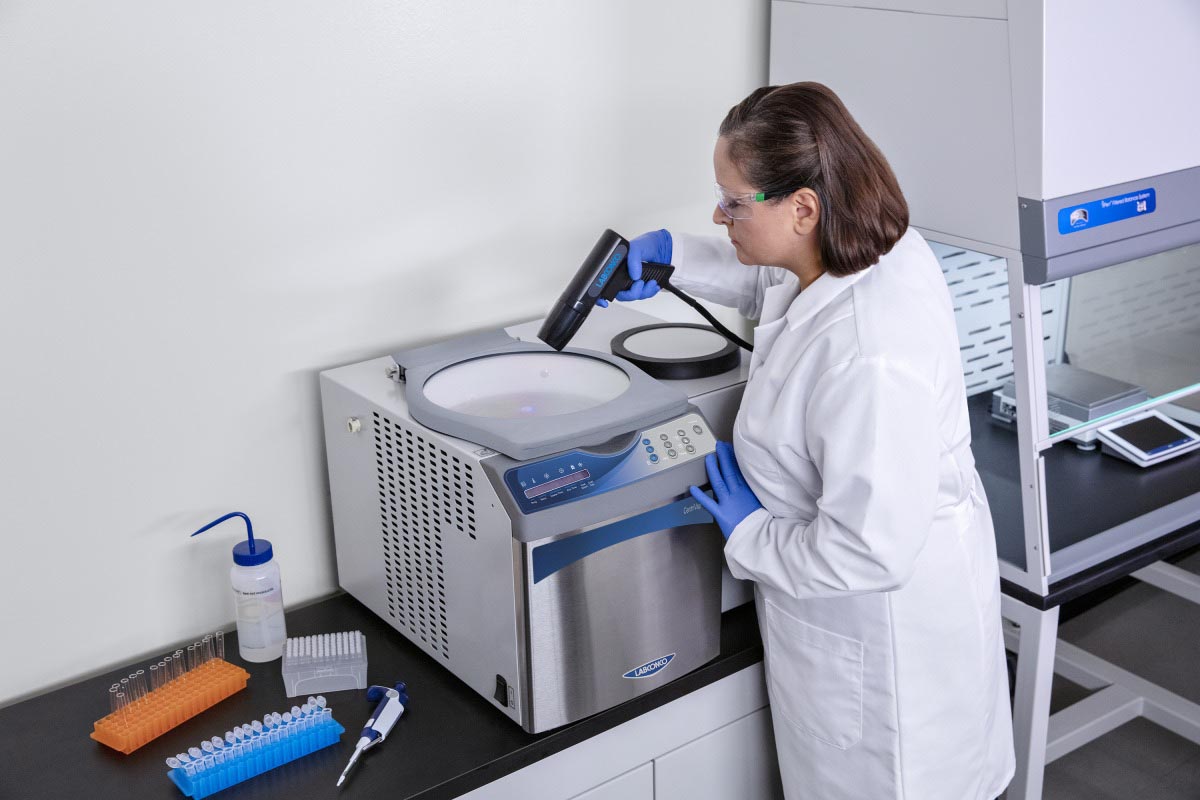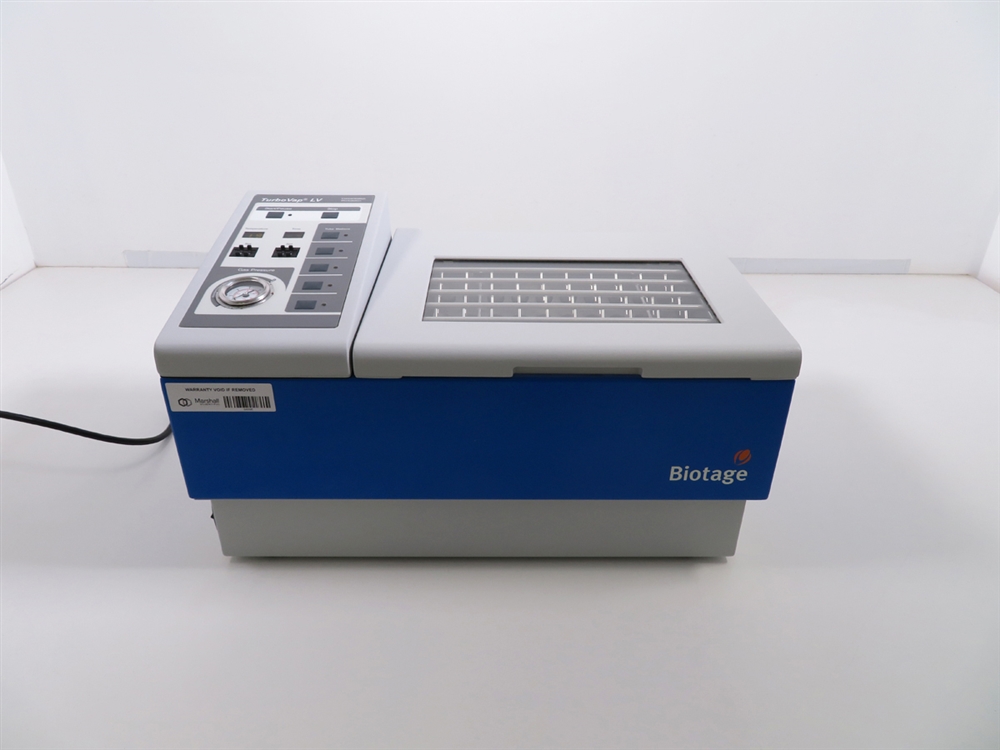
In the rapidly evolving landscape of scientific research, laboratories are constantly on the lookout for innovative technologies that can streamline operations and enhance the quality of their outputs. In this context, integrating state-of-the-art equipment like blowdown evaporators and centrifugal evaporators into laboratory workflows emerges as a strategic move to significantly boost productivity and enhance the analytical results. These technologies are specifically designed to optimize processes and ensure precision in results, crucial for maintaining the competitive edge in scientific endeavors. Here, we explore the top five benefits that blowdown and centrifugal evaporators bring to laboratories, emphasizing how they can revolutionize traditional practices and drive research forward more efficiently.
1. Enhanced Efficiency in Sample ConcentrationOne of the primary advantages of using blowdown and centrifugal evaporators is the significant increase in efficiency they bring to sample preparation, especially during the concentration process. Blowdown evaporators work by directing a stream of gas (usually nitrogen or air) over the surface of the sample, which speeds up the evaporation of the solvent without heating the sample excessively. This method is ideal for concentrating multiple samples quickly and consistently, making it highly suitable for high-throughput labs.
Centrifugal evaporators, on the other hand, use centrifugal force combined with vacuum and controlled heat to efficiently remove solvents from samples. This method is particularly effective for delicate samples that are sensitive to heat and shear forces. By integrating these technologies, labs can achieve a faster turnaround time, enabling them to process more samples in less time without compromising the quality of the results.
2. Improved Sample Integrity and QualityMaintaining the integrity of samples during the evaporation process is crucial for reliable analytical results. Traditional evaporation techniques can often lead to sample degradation due to overheating or cross-contamination. Blowdown evaporators minimize these risks by using gentle gas flows to evaporate solvents, thereby preserving the structural integrity of the sample components.
Similarly, centrifugal evaporators provide an added advantage by limiting the physical stress on samples during the evaporation process. The centrifugal force ensures that the samples are held securely in place, reducing the risk of bumping and cross-contamination. This is particularly important for samples that are prone to degradation or structural changes when exposed to physical disturbances.
3. Versatility Across a Range of Solvents and Sample TypesBoth blowdown and centrifugal evaporators are designed to handle a wide variety of solvents and sample types, making them versatile additions to any laboratory. Blowdown evaporators can efficiently evaporate volatile organic solvents like methanol, ethanol, and acetone, as well as more challenging non-volatile solvents such as water.
Centrifugal evaporators are equally capable, providing effective solvent removal across a spectrum of boiling points and viscosities. This versatility allows laboratories to standardize their sample preparation procedures, reducing the need for multiple different types of equipment and simplifying training requirements for lab personnel.
4. Scalability for High-Throughput ApplicationsFor laboratories involved in high-throughput analysis, such as those in drug discovery and environmental testing, the ability to process large numbers of samples quickly is essential. Blowdown evaporators excel in these environments because they can handle multiple samples simultaneously, significantly cutting down processing times.
Centrifugal evaporators complement these capabilities by offering scalability through modular designs that allow for the addition of more sample holders as needed. This scalability ensures that labs can adjust their throughput according to demand without sacrificing performance or efficiency.
5. Cost-Effectiveness and Return on InvestmentInvesting in blowdown and centrifugal evaporators can lead to substantial cost savings for laboratories over time. These systems are designed to minimize solvent waste and improve the recovery of valuable samples, which can otherwise be lost in less efficient evaporation techniques. Additionally, the reduced solvent consumption and faster processing times contribute to lower operational costs, providing a rapid return on investment.
The enhanced reliability and reproducibility of results also mean that fewer repeat analyses are necessary, further saving on reagents, solvents, and time. Moreover, the reduction in manual labor and the associated costs contributes significantly to the overall financial efficiency of a laboratory.
ConclusionAs the demand for more efficient and effective laboratory operations continues to grow, integrating blowdown and centrifugal evaporators into your lab workflow becomes an increasingly essential strategy. These technologies offer a plethora of benefits that can profoundly transform your scientific research output, from dramatically enhanced efficiency and sample integrity to significant cost savings and scalability. By adopting these advanced evaporative techniques, laboratories not only boost their productivity but also position themselves at the forefront of scientific innovation, fully equipped to tackle the complex challenges of modern scientific research and development. These tools are indeed indispensable for any lab aiming to maintain a competitive edge and achieve breakthrough results in today’s dynamic scientific landscape.






